If you have a garden, chances are that you’ve been pulling up one of the best greens in it for years. Lambsquarters are a very common “weed” in yards and gardens, but they’re actually a really tasty plant that you should probably get to know!

Lambsquarters are also known as lambs quarters, wild spinach, pigweed, fat-hen, goosefoot, bacon weed and more. Officially, they are Chenopodium album and they are delicious and nutritious.
Lambsquarters show up on their own in bare earth in gardens and parks, where it produces tasty greens all the way until frost. And unlike most garden greens like spinach and lettuce, the leaves stay mild and tasty instead of getting bitter in the heat.
In olden times, lambsquarters were known as “all good.” Audrey Wynne Hatfield wrote in How to Enjoy Your Weeds that lambsquarters were “once the most valued vegetable for human beings and fodder for their animals… It lost favour only after its relative, the novel spinach, was introduced [to England] from Southwest Asia in the sixteenth century.” Some areas were even named after lambsquarters!
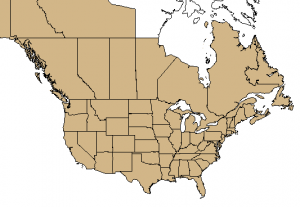
Lambsquarters now grow all over North America and Europe, and are considered a “weed” throughout (in the map here, the brown areas are where they have been reported in the U.S. and Canada).
They are not only good for all kinds of cooking, but they’re also really good for us. Lambsquarters are high in iron, protein, calcium, phosphorus and vitamins A, C, B1 and B2, generally higher than garden favorites like cabbage and spinach.
You can eat most of the plant, including the leaves, flowers and stems. The seeds are also edible, but they contain saponin, a soap-like substance that is also in quinoa and legumes, and they can cause upset stomachs in excess. We generally use the leaves, which are wonderful in so many kinds of dishes.
Keep in mind that like spinach and other greens, lambsquarters contain oxalic acid, which can interfere with the absorption of iron and calcium, and can be an issue for people prone to kidney stones.
How to ID lambsquarters?
Lambsquarters are also known as goosefoot, and that can help with the ID. The leaves actually look like little goose feet.

They are also covered with a white sort of dusty or waxy coating that helps identify them.
If the plants are young and tender, you can use the whole thing. Once they get a little bigger and the stems are woody, you want to just use the leaves.
To easily strip the leaves from the stems, we just pull the stems through a $1 plastic strainer from the dollar store. It works like a charm and the kids actually ask to do it!
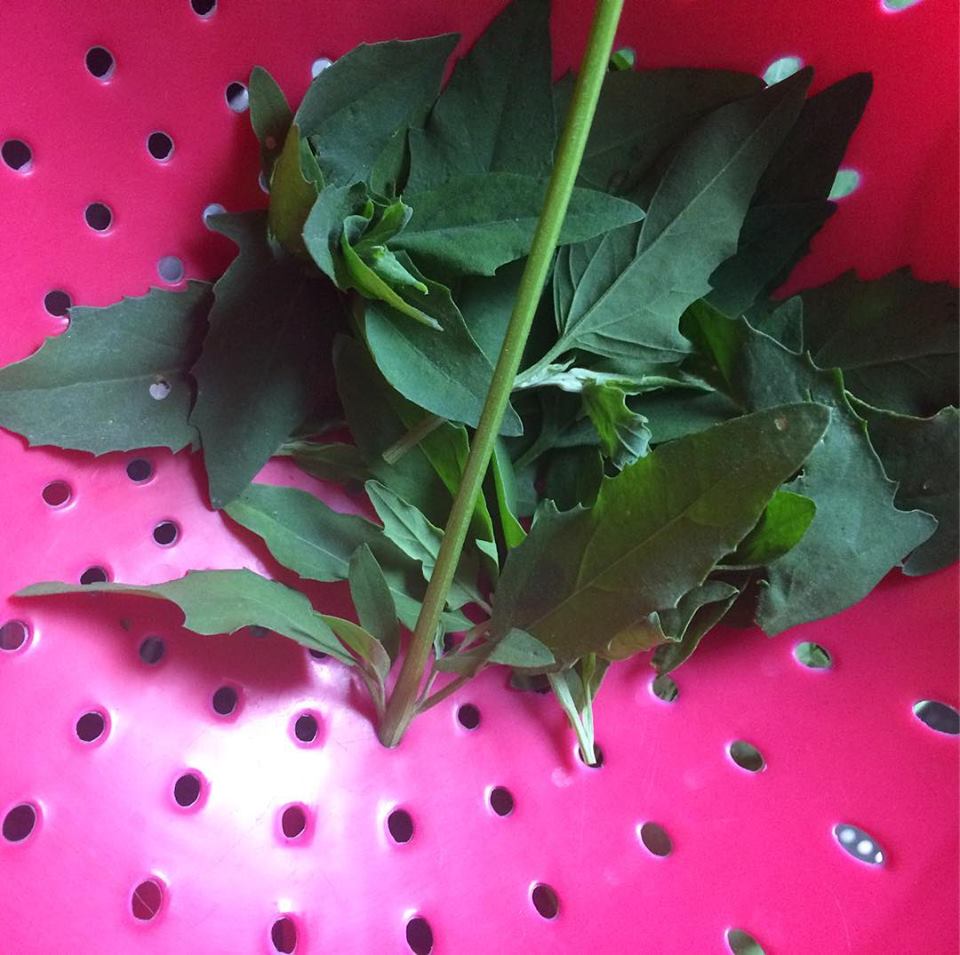
Once the stems are too large, they may not pull through the holes. At that stage they’re easy to just strip by hand though.
What’s the best way to use lambsquarters?
You can pretty much use lambsquarters any way you’d use spinach in the kitchen.
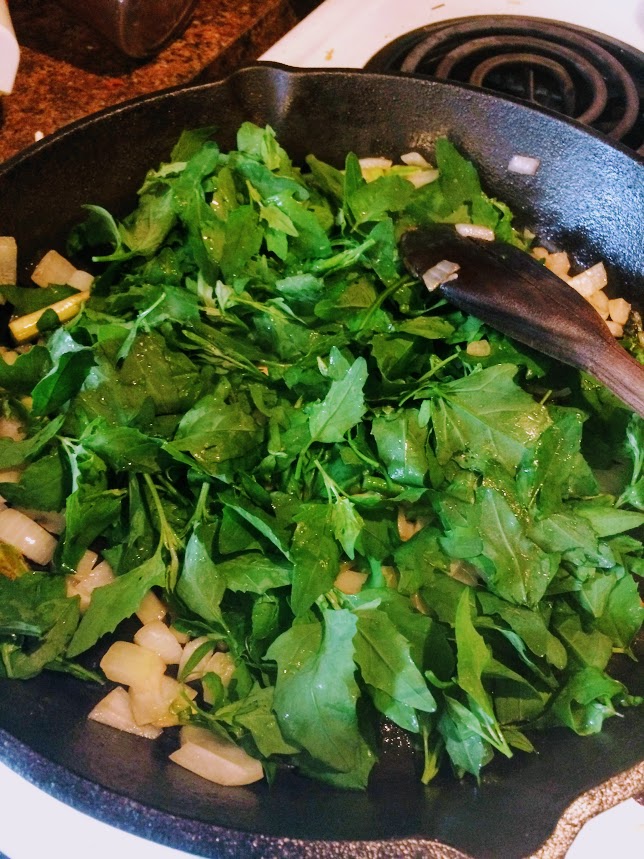
- Saute it with some salt and pepper and a bit of olive oil or butter.
- Use it in green smoothies.
- Chop it and add it to soups or stews.
- Toss it in salads.
- Use it in wraps and sandwiches.
- Use it as a spinach substitute in dishes like lasagna and casseroles.
The sky is the limit!
Do you forage lambsquarters? What’s your favorite way to use them?
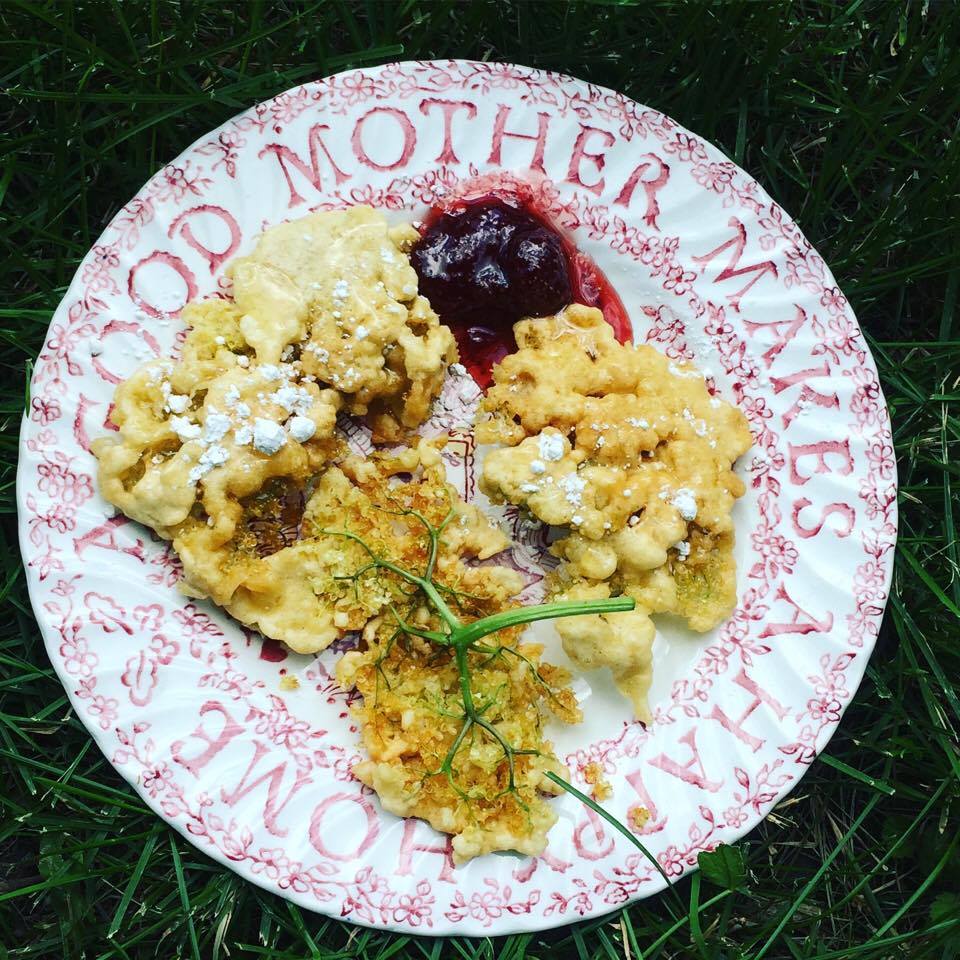
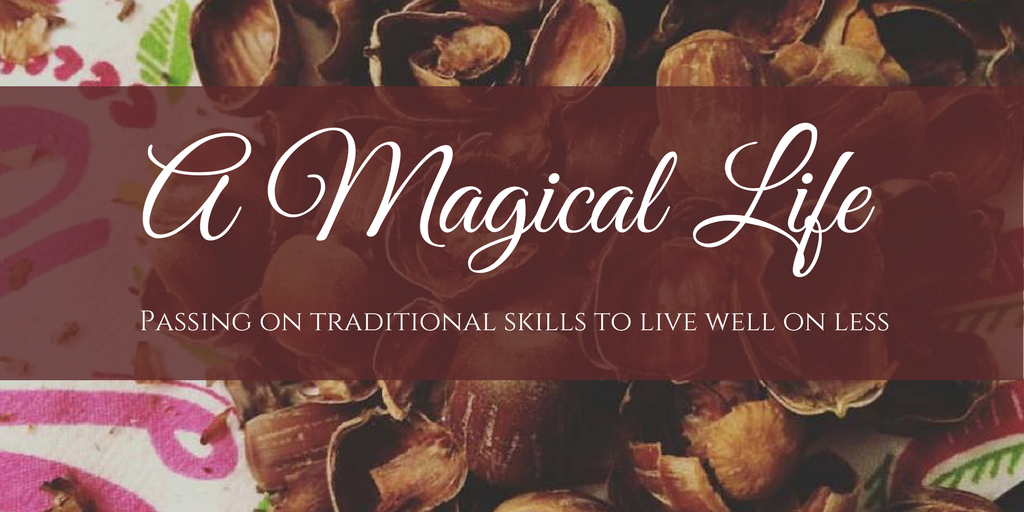

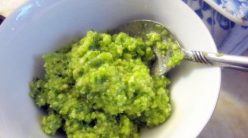

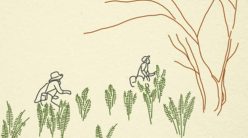
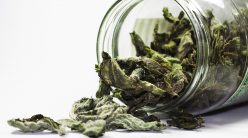
1 thought on “What Do You Do With Lambsquarters?”
Nikita
(May 5, 2023 - 4:21 pm)Lambs quarters is delicious BUT it can cause miscarriage or abnormal bleeding for women.